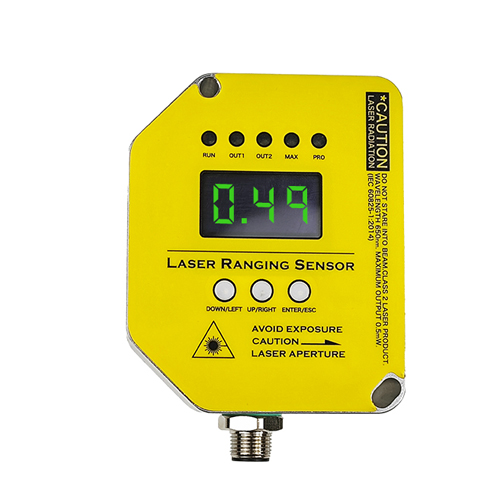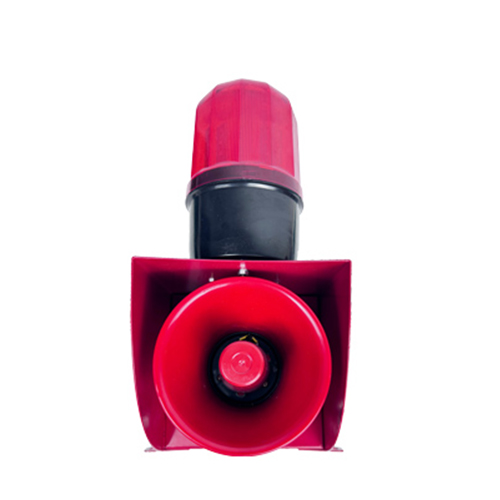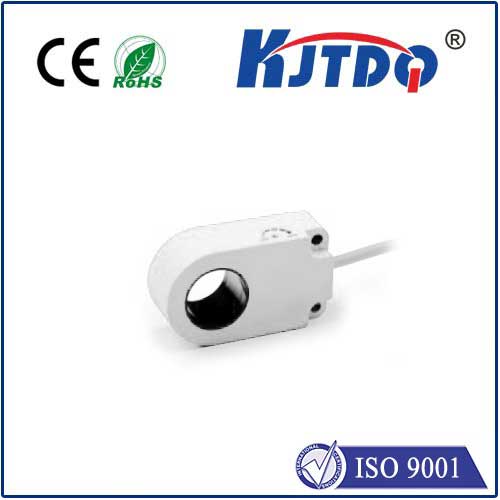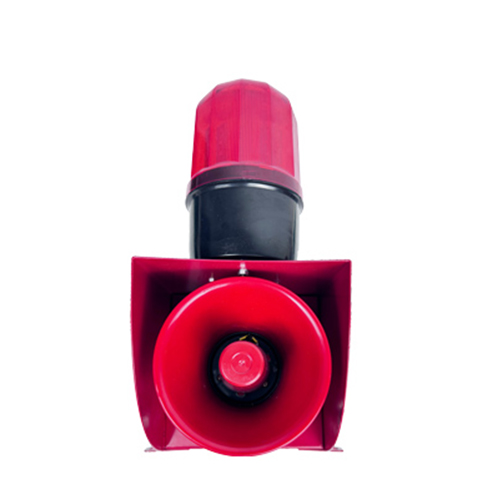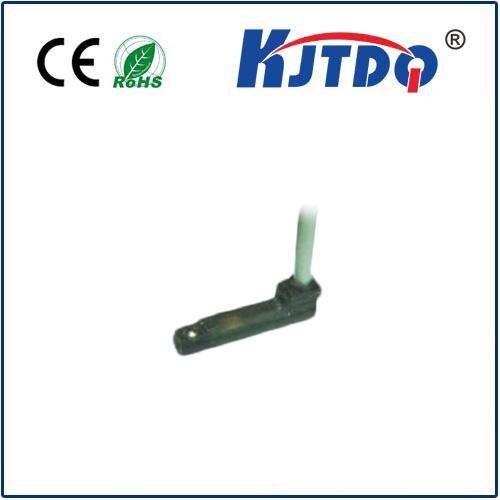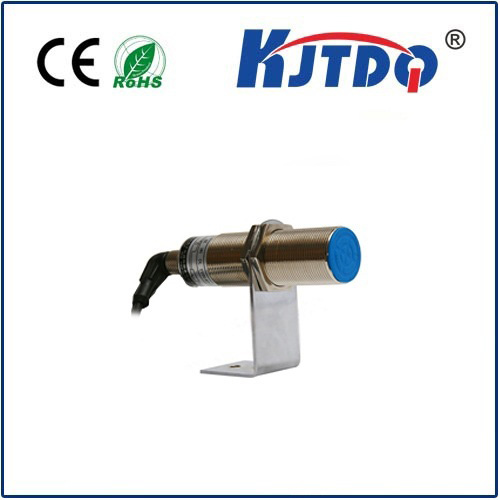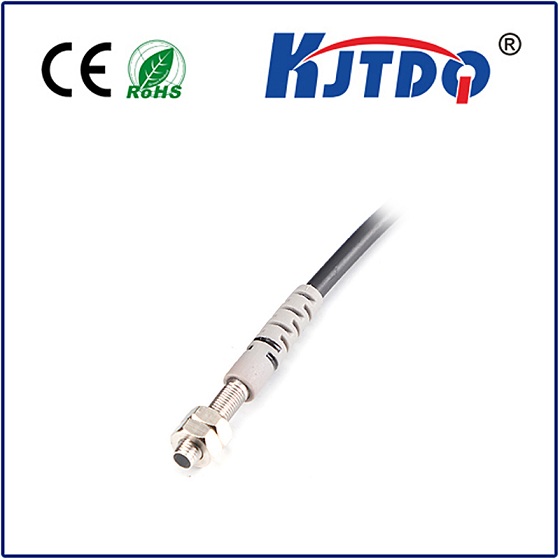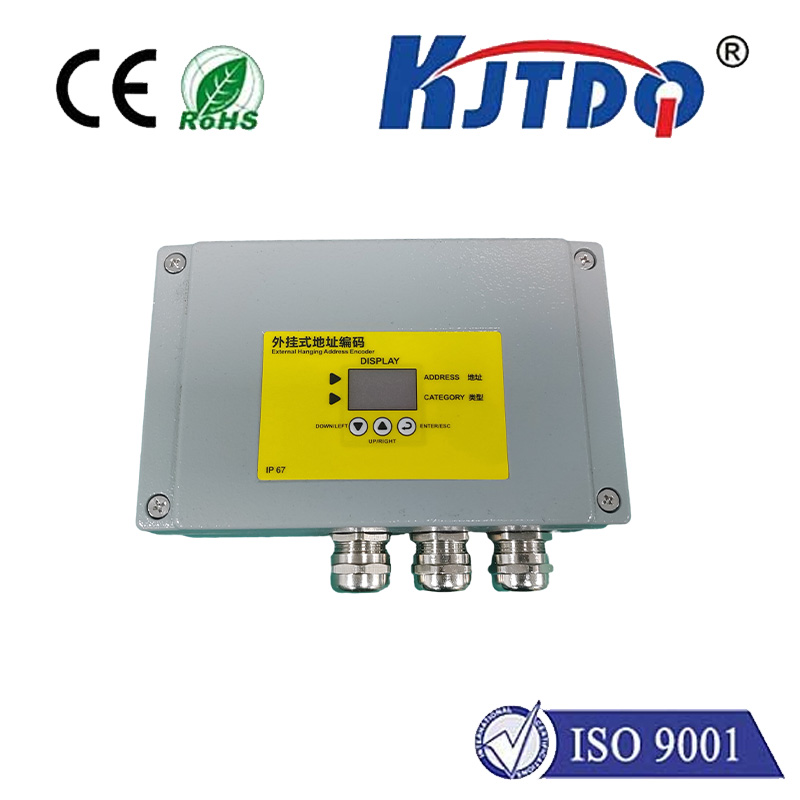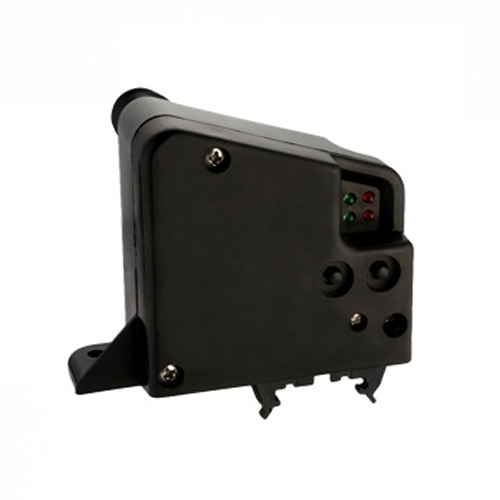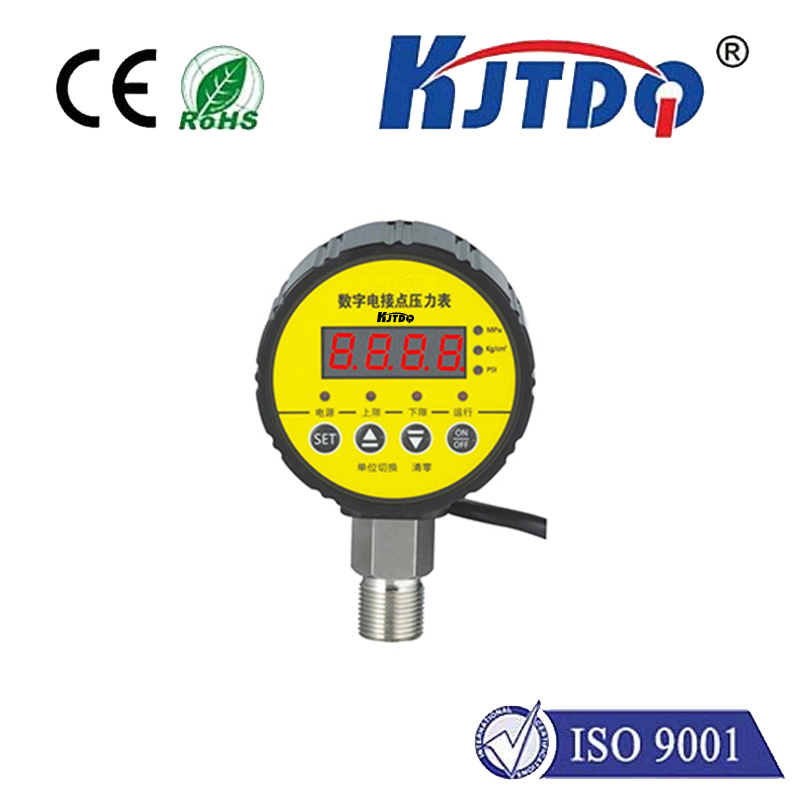

check

check

check

check
Doppler Microwave Sensor: Revolutionizing Weather and Environmental Monitoring
In today’s rapidly evolving technological landscape, the Doppler microwave sensor stands as a pivotal innovation in the field of environmental and meteorological monitoring. This advanced sensor technology is designed to provide high-resolution, real-time data on atmospheric conditions, making it an indispensable tool for weather prediction, climate research, and disaster management.
The Doppler microwave sensor operates by emitting microwave signals and measuring the frequency shifts caused by the movement of particles in the atmosphere. These particles, primarily water droplets and ice crystals, reflect the microwaves, and the resulting changes in frequency allow the sensor to determine the speed and direction of wind. This capability is crucial for accurately predicting weather patterns and understanding the dynamics of atmospheric systems.

One of the most significant advantages of the Doppler microwave sensor is its ability to provide continuous and accurate data over large areas. Unlike traditional radar systems, which rely on radio waves and are limited by their range and resolution, Doppler microwave sensors offer higher sensitivity and precision. This makes them particularly effective in monitoring complex weather phenomena such as thunderstorms, hail, and tornadoes.
In addition to its applications in meteorology, the Doppler microwave sensor is also widely used in environmental monitoring. It can detect changes in soil moisture, temperature, and humidity, which are essential for agriculture, water resource management, and environmental conservation. By providing real-time data, these sensors enable scientists and policymakers to make informed decisions that support sustainable development.
The integration of Doppler microwave sensors into modern monitoring systems has significantly enhanced the accuracy and efficiency of weather forecasting. These sensors are often deployed in conjunction with other technologies, such as satellite imaging and ground-based radar, to create a comprehensive picture of atmospheric conditions. This multi-sensor approach ensures that data is not only accurate but also comprehensive, allowing for better understanding and prediction of weather events.
As the demand for precise and reliable environmental data continues to grow, the importance of Doppler microwave sensors is becoming even more pronounced. Their ability to provide high-resolution, real-time information makes them a cornerstone of modern meteorological and environmental monitoring. With ongoing advancements in sensor technology, the future of weather and environmental monitoring looks promising, driven by the power of Doppler microwave sensors.
In conclusion, the Doppler microwave sensor is a game-changer in the field of environmental monitoring. Its ability to provide accurate and real-time data on atmospheric conditions has transformed the way we understand and predict weather patterns. As technology continues to evolve, the role of these sensors in shaping our response to environmental challenges will only become more critical.
